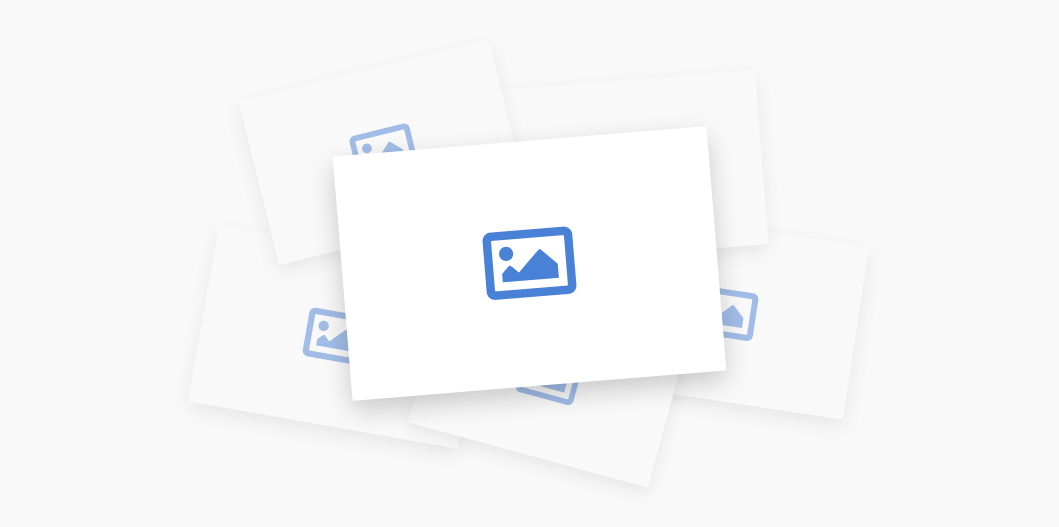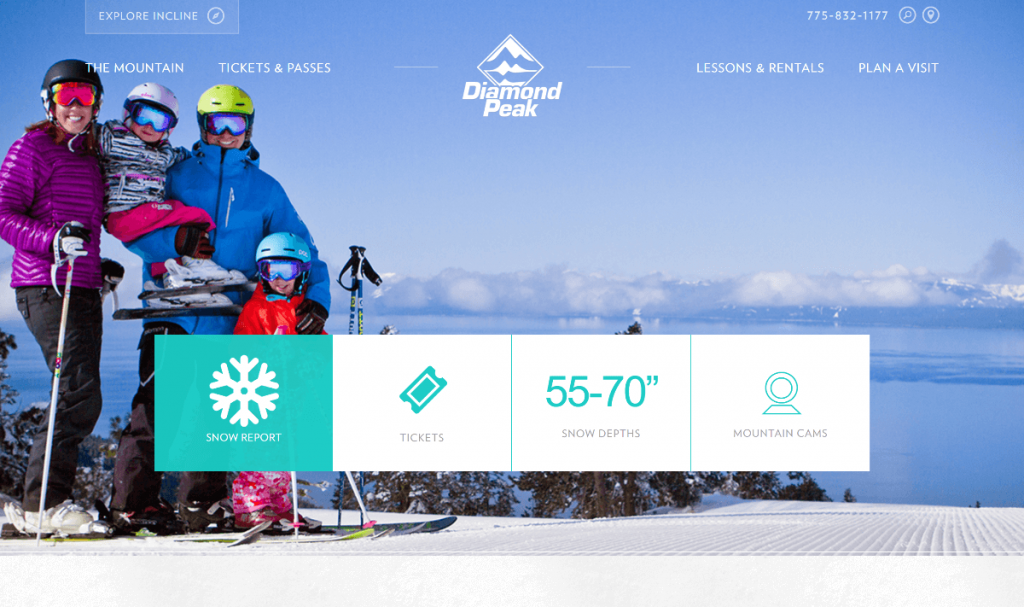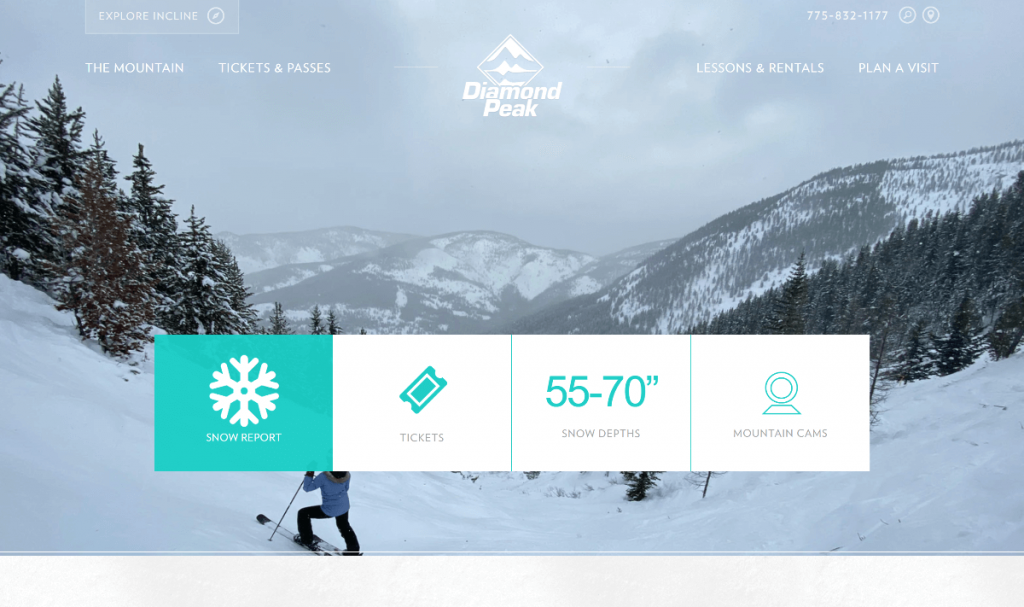Websites
The secret to the best resort websites begins long before the RFP.


GREGG BLANCHARD
The other day I had a marketing nerd-out session with Origin’s Digital Marketing Director, David Kenworthy. The topic? Websites. What came from that conversation was a set of three simple topics that we both felt were misunderstood or overlooked by most resort marketers. So we decided to try something new: co-write a blog post to cover each. After publishing those all in 2021, I’m doing so again as some of these topics continue to come up. This is the first part of this series.
—
When we talk about the “best” resort websites, the knee jerk reaction by most marketers is that we’re referring to aesthetics: the best looking websites.
While making a good impression visually is absolutely part of the goal, when we talk about best we’re also referring to how well the website does what it’s supposed to do . To us, the best websites not only look beautiful, but are easy to use, convert well, communicate messages clearly, and make it easy to find answers to questions or find reasons to book a trip.
In all of these cases, however, marketers tend to significantly underestimate the importance of one piece of every resort design: photos.
The Importance of Photos
When we talk to marketers about website design, there is often a sentiment that the biggest factors that will influence the quality of the design are things like colors, fonts, navigation, hierarchy, and layouts. But without a doubt, photos are the thing that will make or break the quality of the site. There are a few reasons why.
1) A Thousand Words
There is so much a user can grasp from an image that we could never convey via copy. Images convey complex messages in the blink of an eye. A user can see the decor of a hotel room and make decisions on that room without having to read a single line of copy. That whole “a picture is worth a thousand words” thing? It’s true, especially in marketing.
But if those images or poorly lit, badly framed, or blurry? Well, that sends a separate message, and increases the chance that the decision they make isn’t going to be in your favor.
2) Human Behavior
Images are also one of the most effective ways for humans to consume information. MIT found that the human brain can process images in as little as 13 milliseconds” and studies show that people remember 80% what they see and only 20% what they read.
And it’s not just a small group of people, research also suggests that 65% of people are visual learners.
3) Perception of Quality
A company selling a physical product, let’s say hats, would never take a blurry photo of their hats and post them online expecting people to buy them. Why? Because their perception of the quality of that hat is influenced by the quality of the photo taken to represent it.
The same idea applies to resorts. You can’t expect folks to pay above-average rates for your rooms or lift tickets if all they have to go on is a series of below-average photos.
How to Build a Website-Ready Photo Library
So you don’t have a great asset library quite yet? Not to worry. It’s not as daunting or expensive as you might be imagining.
1) Start with Local Talent
While I understand not everyone can afford the world’s best ski photographers, every town out there has talented, young, driven individuals who want to do this kind of work. In many cases, they likely already are doing this kind of work. One of Origin’s clients is building a sightseeing gondola and found a lot of success by simply:
- Contacting local photographers
- Browsing location tags on Instagram
- Looking for influencers from the general area
There’s always so much opportunity to capitalize on this talent and get better images.
2) You Don’t Need a Lot, but One Isn’t Enough
It’s not about one image – you need a set of quality, coordination images to create that sense of quality and help drive perception. That said, you don’t need a lot of images. A website might have 20 hero assets and the rest are functional – parking and lodges, for example – so there’s no reason to get overwhelmed by imagining you need thousands of quality photos.
3) Find Your Signature Shot
Every single resort out there has some natural wonder or unique element that makes them special. Brandon von Guenthner from Prism calls this Place Branding or a resort’s “Signature Shot.” The reason their web cam photos are so popular isn’t just because of the quality, it’s because they take so much time finding the perfect angle to tell that resort’s story ( Diamond Peak and Jackson Hole are good examples of this).
Just like you spend days coming up with tag lines or headlines, spend some time before building your asset library to find that small list of visuals around your resort that best tells your story. Then focus on building a smaller, but high-quality collection of photos that capture these visuals.
4) Start Now
Ask yourself two quick questions. First, when did your last website redesign happen? Second, when did you have the best, most scenic skiing conditions on the mountain? Chances are, these happen on opposite ends of the calendar. So the key to all of this is to start building this library now before the season is over. If you don’t remember until you start thinking about RFPs, it’s too late.
A Simple Example
Want a better idea of what we mean? Visit some of your favorite resort sites and use the Inspect tool to swap out the URLs of their hero images with the URLs of average, poorly lit photos. Notice how suddenly your favorite sites don’t look so special anymore? That’s because a website design is often only as good as the photos it’s designed around.
One of my favorite resort sites for a few years now is Diamond Peak.
 But replace that image with a poorly lit, monochrome photo and you quickly realize how symbiotic the relationship is between photos and website designs.
But replace that image with a poorly lit, monochrome photo and you quickly realize how symbiotic the relationship is between photos and website designs.

So go forth, find your best views, contact local talent, start building your library now, and the next time you need to redesign your site? You (and the agency you work with) will be eternally grateful you did.
About Gregg & SlopeFillers
I've had more first-time visitors lately, so adding a quick "about" section. I started SlopeFillers in 2010
with the simple goal of sharing great resort marketing strategies. Today I run marketing for resort ecommerce and CRM provider
Inntopia,
my home mountain is the lovely Nordic Valley,
and my favorite marketing campaign remains the Ski Utah TV show that sold me on skiing as a kid in the 90s.
Get the weekly digest.
New stories, ideas, and jobs delivered to your inbox every Friday morning.
